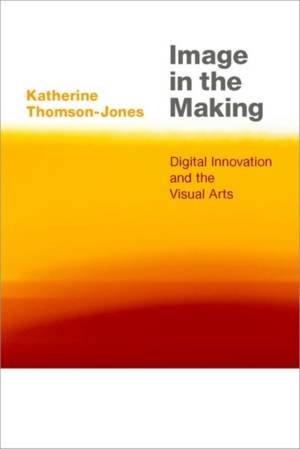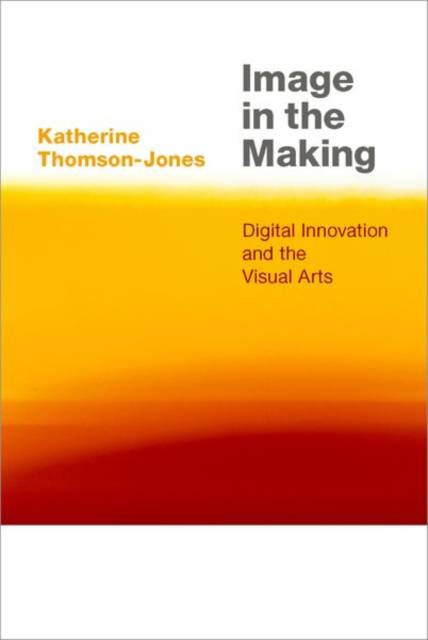
En raison d'une grêve chez bpost, votre commande pourrait être retardée. Vous avez besoin d’un livre rapidement ? Nos magasins vous accueillent à bras ouverts !
- Retrait gratuit dans votre magasin Club
- 7.000.000 titres dans notre catalogue
- Payer en toute sécurité
- Toujours un magasin près de chez vous
En raison de la grêve chez bpost, votre commande pourrait être retardée. Vous avez besoin d’un livre rapidement ? Nos magasins vous accueillent à bras ouverts !
- Retrait gratuit dans votre magasin Club
- 7.000.0000 titres dans notre catalogue
- Payer en toute sécurité
- Toujours un magasin près de chez vous
157,95 €
+ 315 points
Description
Human beings have always made images, and to do so they have developed and refined an enormous range of artistic tools and materials. With the development of digital technology, the ways of making images - whether they are still or moving, 2D or 3D - have evolved at an unprecedented rate. At every stage of image making, artists now face a choice between using analog and using digital tools. Yet a digital image need not look digital; and likewise, a hand-made image or traditional photograph need not look analog. If we do not see the artist's choice between the analog and the digital, what difference can this choice make for our appreciation of images in the digital age? Image in the Making answers this question by accounting for the fundamental distinction between the analog and the digital; by explicating the technological realization of this distinction in image-making practice; and by exploring the creative possibilities that are distinctive of the digital. Katherine Thomson-Jones makes the case for a new kind of appreciation in the digital age. In appreciating the images involved in every digital art form - from digital video installation to net art to digital cinema - there is a basic truth that we cannot ignore: The nature and technology of the digital expands both what an image can be as an image and what an image can be for us as human beings.
Spécifications
Parties prenantes
- Auteur(s) :
- Editeur:
Contenu
- Nombre de pages :
- 152
- Langue:
- Anglais
- Collection :
Caractéristiques
- EAN:
- 9780197567616
- Date de parution :
- 08-06-21
- Format:
- Livre relié
- Format numérique:
- Genaaid
- Dimensions :
- 148 mm x 218 mm
- Poids :
- 303 g

Les avis
Nous publions uniquement les avis qui respectent les conditions requises. Consultez nos conditions pour les avis.






